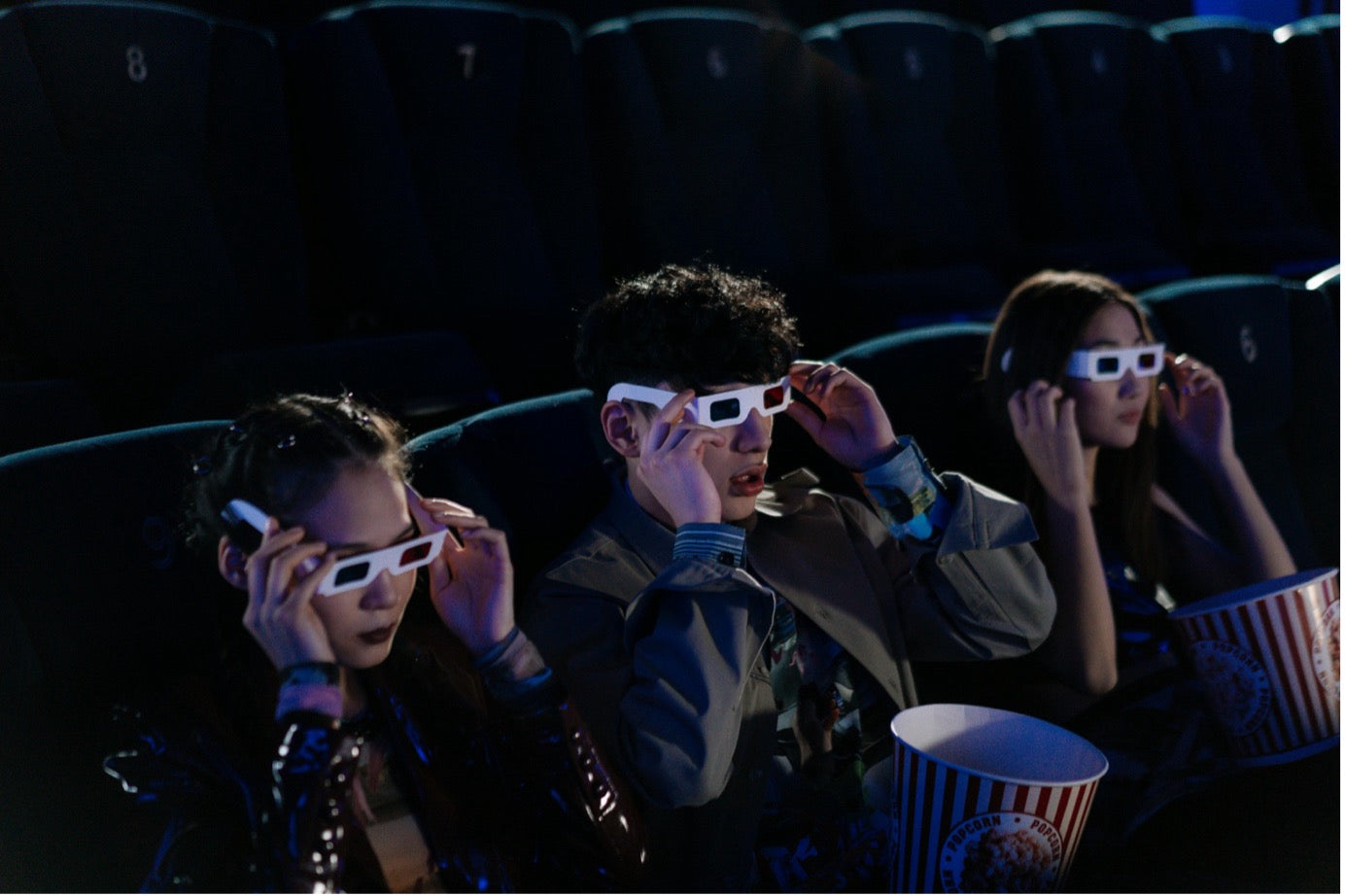In the past, 3D TVs were marketed as the next big thing in home entertainment. At first, they sparked excitement with the promise of cinema-style experiences. But today, they’ve all but disappeared from shop floors and online listings. So, what happened to 3D TVs, and why have newer technologies, such as 4K Ultra HD and OLED TVs, replaced them?
In this blog, we’ll explain the journey of 3D TVs, the real reasons behind their decline and what features you should look for when buying your next TV.
Why Did 3D TVs Didn’t Last
3D TVs did have potential. However, they quickly ran into problems that made many people think twice before investing, including:
1. Uncomfortable Glasses
Watching TV with 3D glasses sounded fun. But in reality, many users found them uncomfortable, especially over long periods. Wearing glasses to watch your favourite shows felt like a chore, not a luxury. Additionally, they didn’t work well for everyone, especially those who already wear prescription glasses, who mostly found the experience clunky and irritating.
2. Eye Strain and Fatigue
3D visuals weren’t easy on the eyes. Many viewers reported headaches, dizziness or eye strain after watching 3D content, particularly if the effect wasn’t well calibrated. This wasn’t ideal for individuals hoping to unwind after a long day. Instead of feeling relaxed, people often ended up feeling more tired after watching 3D content.
3. Lack of Content
This was one of the main issues with 3D TVs, there simply wasn’t enough 3D content to justify the extra cost of a 3D TV. After the initial wave of blockbuster movies and a few sports broadcasts, things went quiet. Some broadcasters like Sky and Entertainment and Sports Programming Network, did offer some live 3D content, but it never became mainstream. High production costs, technical challenges and low viewer numbers meant that they were dropped altogether. Meanwhile, as streaming platforms like Netflix, Amazon Prime and Disney+ grew in popularity, they duplicated HD and 4K content, leaving 3D out of the equation.

Technologies That Took Over
As 3D TVs struggled, other innovations stepped in and stole the spotlight. These newer features didn’t just match expectations; they exceeded them.
4K Ultra HD
With four times the resolution of standard HD, 4K offers incredibly sharp visuals, vibrant colours and lifelike clarity. It is now the standard for most modern TVs, and you don’t need special glasses to enjoy it. 4K content is available across all major platforms, from Blu-ray discs to streaming services, making it much easier for viewers to enjoy the full benefits right out of the box.
OLED
OLED technology takes picture quality to the next level with deeper blacks, richer contrast and energy-efficient panels. It also allows for thinner screens and faster refresh rates, perfect for sports fans and gamers. OLED panels offer a more immersive and cinematic experience, making them ideal for film and game nights.
Smart TV Features
Smart TVs transformed how we watch television. With built-in apps for streaming, browsing and even gaming, they put endless entertainment at your fingertips. There are no extra devices, no cables, just seamless access to platforms like Netflix, YouTube and BBC iPlayer. Many smart TVs now include voice control, personalised content suggestions and even mobile syncing, creating a smoother, more integrated home entertainment setup.
At Electronic World, you’ll find TVs with advanced features at a discounted price, comparable to new models in other stores. It's a smart and affordable way to upgrade your viewing experience.

Glasses-Free 3D
Some modern smartphones and tablets are experimenting with glasses-free 3D displays, but it’s unlikely that this technology will return to the TV market anytime soon. While the idea is appealing, the technology isn’t quite ready for large screens or living room use. Additionally, with the success of 4K and OLED TVs, there is a general decline in demand for 3D visuals.
So, while 3D isn’t entirely gone, it’s definitely not something to wait around for when better, proven options are already available.

Choosing a TV That Will Last
If you are looking for a 3D TV, we have some amazing deals on LED, QLED and OLED.
|
TV Type |
Price Point |
Picture Quality |
Brightness |
Contrast & Blacks |
|
£ (Most Affordable) |
Good, varies by model |
High |
Moderate, backlight can limit true blacks |
|
|
££ (Mid-Range) |
Very Good, vivid colours, improved quality |
Very High |
Better than LED, but still not true blacks |
|
|
£££ (Premium) |
Excellent, deep blacks, perfect contrast |
Moderate to High |
Exceptional (true blacks, no backlight needed) |

The making of 3D TVs is a great example of a tech trend that is not worth chasing or following. What matters most is how a TV performs in your daily life, how good it looks, how easy it is to use and how long it lasts.
Instead of waiting for 3D TVs to make a comeback, browse our wide selection of brilliant picture quality and smart functionality already available in today’s models. When you’re ready to upgrade, be sure to check out the latest Cheap TV deals at Electronic World.


